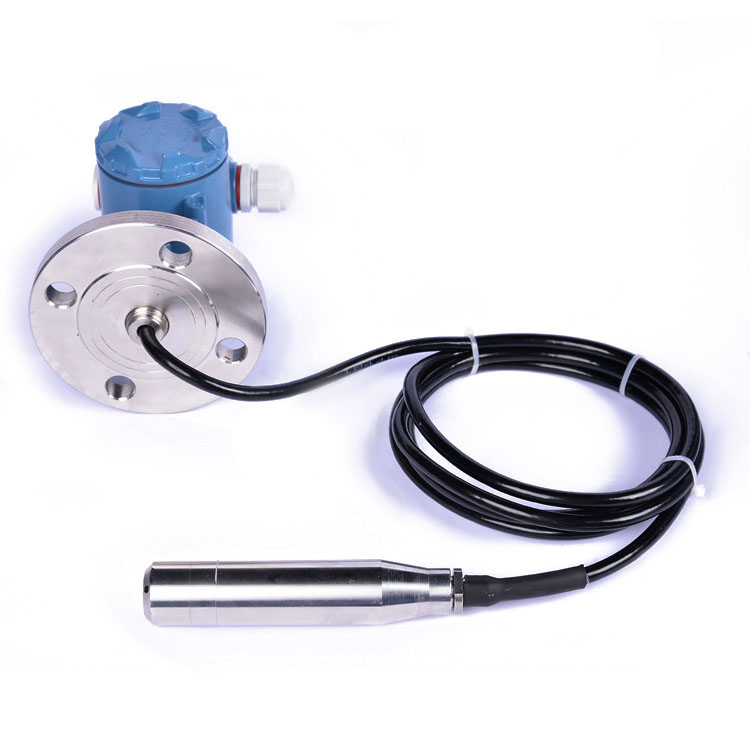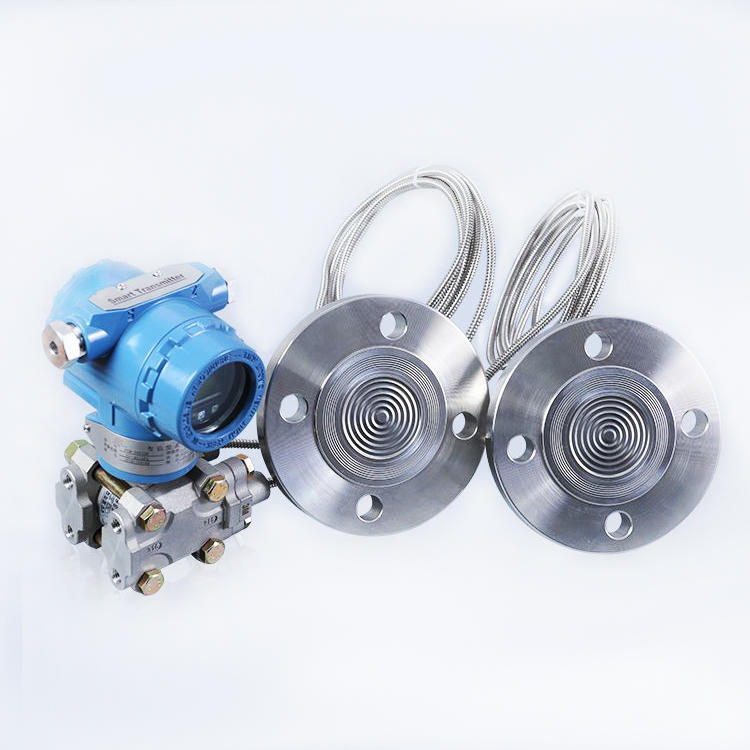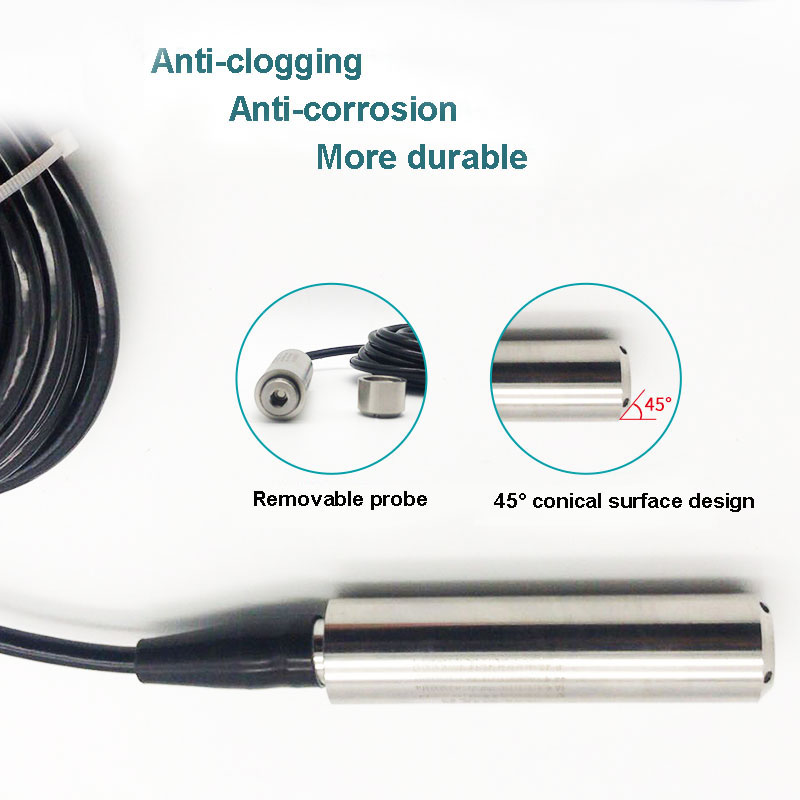Several key points for the maintenance of packaging machinery: cleaning, fastening, adjustment, lubrication, anti-corrosion. In the ordinary production process, each machine maintainer should do it. According to the maintenance manual and maintenance procedures of the machine packaging equipment, strictly carry out various maintenance work according to the specified period, reduce the wear speed of the parts, eliminate the hidden troubles of the fault, and prolong The life of the machine.
Maintenance is divided into: routine maintenance, regular maintenance (minute: primary maintenance, secondary maintenance, tertiary maintenance), special maintenance (point: for seasonal maintenance, disable maintenance).
Routine maintenance is centered on cleaning, lubrication, inspection and fastening. Routine maintenance is required as required during and after work.
The first-level maintenance work is carried out on the basis of routine maintenance. The key work is to lubricate, tighten and inspect all relevant parts and their cleaning work.
The secondary maintenance work focuses on inspection and adjustment. Specifically check the engine, clutch, transmission, transmission components, steering and brake components.
The third-level maintenance focus is to detect, adjust, troubleshoot and balance the wear of each component. Diagnose and condition check the parts that affect the performance of the equipment and the parts with fault signs, and then complete the necessary replacement, adjustment and troubleshooting.
Seasonal maintenance means that the packaging equipment should focus on the detection and repair of components such as the combustion system, hydraulic system, cooling system and starting system before entering the summer and winter.
Discontinued maintenance means cleaning, cosmetic, supporting, anti-corrosion, etc. when the packaging equipment needs to be deactivated for a period of time due to seasonal factors (such as winter vacation).

Concerned about surprises
Label: daily maintenance of packaging machinery
Previous: NSK imported bearing installation, precautions for operation Next: How to solve the problem of vacuum cleaner blockage?
The liquid level transmitter can convert the changes of various level parameters into analog signals, and transmit them to the control room remotely for centralized display, alarm or automatic control of secondary instruments or computers. Its good structure and installation method can be applied to the continuous detection of liquid level, material level or material level under special conditions such as high temperature, high pressure, strong corrosion, easy crystallization, anti-clogging, anti-cold junction, and solid powdery and granular materials. , can be widely used in detection and control in various industrial processes.
Liquid level transmitters can be applied to liquid Level Measurement and control in industrial sites, rural water supply and sewage treatment, petroleum, chemical industry, power plants, hydrological monitoring, reservoirs, dams, hydropower construction and other fields of liquid level measurement and control. Liquid level transmitters have input type, straight rod type, flange type, threaded type, inductive type, screw-in type, floating ball structure design, with anti-blocking type design, simple device, convenient use and strong interchangeability , The high-quality sensor has high sensitivity and fast response speed, accurately reflects the slight changes in the flow or static liquid level, and has high measurement accuracy.
Advantages of Level Transmitters
1. The device is simple, easy to use, and has strong interchangeability.
2. It is suitable for measuring the liquid level and interface of the liquid medium in the container. In addition to on-site instructions, it can also be equipped with remote transmitters, alarm switches, and complete detection functions.
3. The reading is intuitive and eye-catching, and the direction of the observation indicator can be changed according to the user's needs.
4. The measurement range is large, not limited by the height of the storage tank.
5. The indicating mechanism is completely isolated from the measured medium, with good sealing performance, high reliability and safe use.
6. Simple structure, convenient installation, convenient maintenance, corrosion resistance, no power supply, explosion-proof.
7. The high-quality sensor has high sensitivity and fast response speed, accurately reflects the slight changes of flowing or static liquid level, and has high measurement accuracy.
8. With intrinsically safe explosion-proof and isolated explosion-proof capabilities, it can be used in various dangerous places.
9. With anti-blocking design, it can realize the measurement of the liquid level of paste medium.
10.100% equal division scale, LED/LCD indicator head, very convenient to read on site.
11.4~20mA two-wire signal transmission, strong anti-interference ability and long transmission distance.
12. Exquisite and unique zero point, full scale, and nonlinear compensation ensure the accuracy and stability of the instrument within the range of operating conditions.
13. The Pressure Sensor directly senses the liquid level pressure and is not affected by the foaming and accumulation of the medium.
14. Wide range of tested media can be used, such as oil, water and paste, with certain anti-corrosion ability.
Classification of liquid level transmitters
1. Single flange liquid level transmitter
Single-flange liquid level transmitters have flat flanges and flange liquid level transmitters with insert barrels, both of which are suitable for single-flange liquid level transmitters that use the gravity of the medium to be measured to measure the height of the liquid level. For medium with high viscosity and easy crystallization, it is generally used in open containers or equipment installations.

2. Double flange liquid level transmitter
The double-flange liquid level transmitter is a Differential Pressure Transmitter, which provides a reliable measurement method to prevent the measured medium from directly contacting the isolation diaphragm of the transmitter. The main features are the need to isolate the high-temperature medium from the transmitter, the measurement medium has a corrosive effect on the sensitive components of the transmitter, the suspension liquid or high-viscosity medium, the measured medium solidifies or crystallizes due to changes in the environment or process temperature, and the measured medium is replaced It needs to be strictly purified to measure the first class. Double flange liquid level transmitter is mainly used in the measurement of liquid level in sealed pressure vessels.

3. Submersible liquid level transmitter
The submersible liquid level transmitter has rod type and arm type. Its principle is based on the principle that the measured liquid static pressure is proportional to the height of the liquid. It uses the piezoresistive effect of diffused silicon or ceramic sensitive elements to convert the static pressure into electricity. Signal. After temperature compensation and linear correction, it is converted into 4~20mA current signal output. Due to the characteristics of this transmitter, such as convenient installation, strong adaptability, etc., it can perform high-precision measurement from water, oil to paste with high viscosity, and is not affected by the foaming and accumulation of the measured medium. It is generally used in open Devices for mouthpieces or equipment.

Level Transmitter,Differential Pressure Level Transmitter,Submersible Level Transmitter,Level Gauge
Wuxi Winsun Automation Instrument Co., Ltd , https://www.jswxwinsun.com